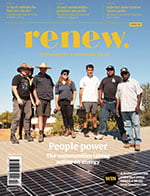Building for a changing climate
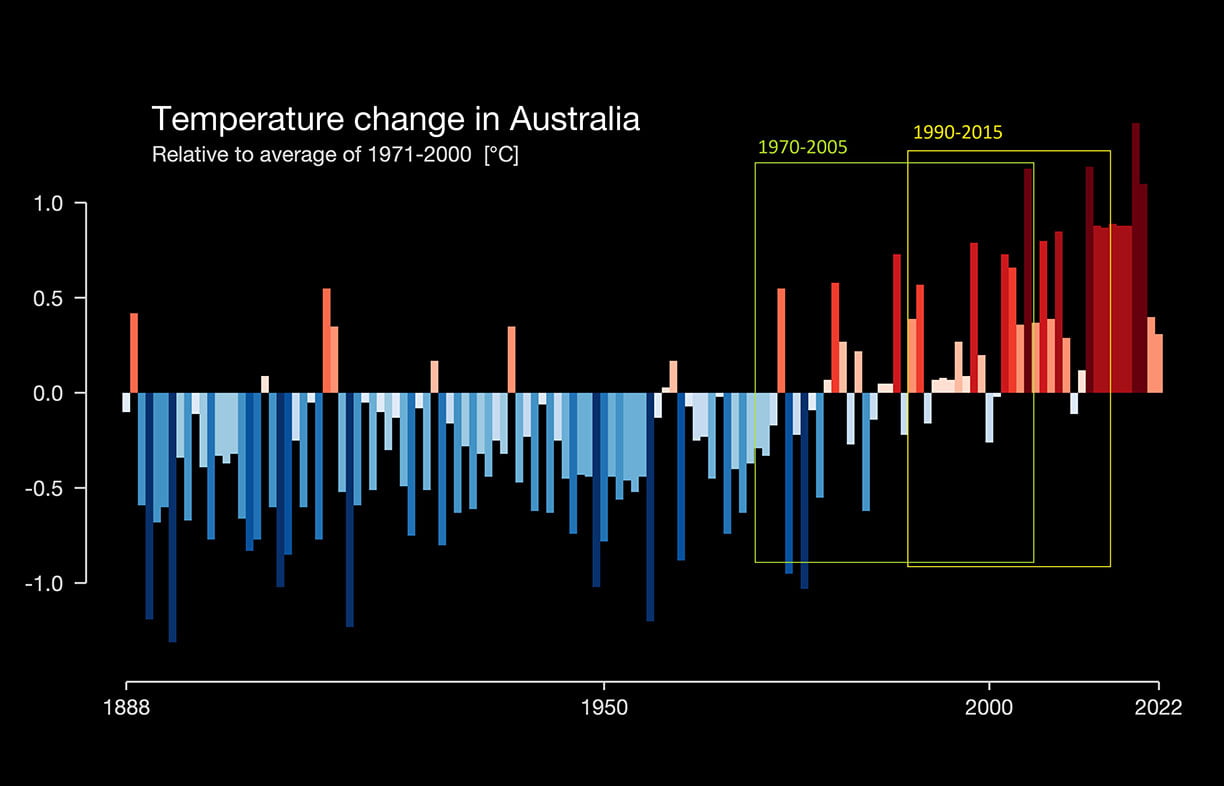
Are we building homes for the future, or for the past? Rob McLeod investigates how climate change is impacting home energy ratings and the way we build our homes.
A home built today is likely to stand for decades to come. But Australia is facing a growing risk that new homes will not be fit for purpose in a changing climate.
The Nationwide House Energy Rating Scheme (NatHERS) uses historical climate data from 1990-2015 to calculate ratings. Unfortunately, this data is already out of date: the years 2015-2023 are the nine hottest ever recorded globally.
The most critical thing we can do to minimise the impacts of climate change is rapid decarbonisation and mitigation of emissions. But planning for adaptation and resilience also matters. Good home design that is suitable for climate conditions can do both: not only does it reduce energy use and household costs through better efficiency, it is also vital in protecting households and energy systems under extreme conditions.
So what does using outdated climate data mean for our homes? A new project from Renew and NGO Sweltering Cities seeks to provide some answers.
Background
NatHERS ratings are based on the amount of energy needed to heat and cool a home per square metre across the course of a year. The calculations and the permitted energy loads for a given star rating are dependent on location and local climate conditions: for example, a 7-Star home in mild Brisbane has an annual heating and cooling load of 44 megajoules per square metre, while the heating and cooling load of a home in cold Hobart with the same 7 Star rating is 117 megajoules per square metre. Although many principles of energy efficiency are universal, different design strategies are optimal in different climates: whereas a home in northern Queensland might emphasise passive cooling, fans and shading, a home in a colder region might focus on features like bulk insulation and sealing.
The climate conditions used to model the expected energy use of a home are based on actual historical climate data in each of the 69 NatHERS climate zones. Recordings across a 25-35 year period are collated to develop a Typical Meteorological Year (TMY) with hourly figures for temperature, humidity and solar radiation. This methodology is designed to provide representative climate conditions over time, including variations but smoothing out extreme weather events or unusual weather patterns that may be experienced in any given year.
In an unchanging climate, the use of historical data would be best practice. But the impacts of climate change mean that drawing weather recordings from different baseline years makes a difference. Ahead of the 2022 update to the National Construction Code, climate data used for NatHERS was updated from 1970-2005 to 1990-2015; a Melbourne home achieving a rating of 7 Stars using the older data would only achieve a rating of 6 Stars under the updated data.
Research is underway to determine the impacts of outdated temperature data. Waverley Council in Sydney’s east found that homes approved today are unlikely to be suitable for occupation by 2070 without high levels of mechanical cooling. Similarly, a study on behalf of the Western Sydney Regional Organisation of Councils found that current building regulations do not allow design choices that will perform well in western Sydney in 2050.
Our analysis
Renew used predictive weather files provided by the CSIRO to develop case studies of how homes might perform in decades to come. We chose four locations—Brisbane, Cairns, Melbourne and Adelaide—and modelled the performance of both a home that is newly built today (complying with current National Construction Code requirements) as well as a typical older rental home, lacking basic features such as insulation, shading, or draught sealing.
The CSIRO weather files provide predictive Typical Meteorological Year data for the years 2030, 2050, 2070 and 2090 in each location. Since the impacts of climate change will depend on whether we urgently reduce emissions, three different climate scenarios are provided for each year, in line with the UN “Representative Concentration Pathways”. These are ambitious (RCP 2.6); moderate (RCP 4.5); and high emissions (RCP 8.5).
For each case study and climate scenario, we simulated energy loads for heating and cooling; calculated NatHERS ratings; and simulated indoor temperatures during summer heat events for each case study. FirstRate5 energy modelling software was used with both existing and predictive weather files.
Findings
A primary finding of our analysis was that the energy needed for cooling is projected to increase in all locations and scenarios. Regardless of the level of emissions mitigation, existing climate change impacts mean that homes in 2030 are expected to require more cooling than the 1990-2015 historical baseline. Unsurprisingly, more severe climate scenarios result in greater increases in energy loads for cooling (see Figure 1).

Even when assuming a moderate emissions scenario, increased pressure on cooling is significant. An air conditioner was found to require more than twice as much energy to cool a new Brisbane home effectively in 2050 as in the 1990-2015 baseline (see Figure 2); an equivalent Cairns home would use 64% more energy for cooling by 2050 (see Figure 3). In these warmer climates, cooling needs already far outweigh heating needs; increased cooling energy loads are set to significantly increase overall home energy use for homes dependent on air conditioning.


Homes in Melbourne and Adelaide also were projected to require significantly more cooling. In these locations, homes currently use more energy in winter than in summer; the trend in our case studies was for increased cooling to be offset by a reduction in the energy used for heating. Overall annual energy consumption is projected to remain relatively steady (see Figures 4 and 5). Likewise, while a 7.1-Star home in Cairns was projected to score as low as 2.1 stars in 2090 under a moderate climate scenario, a similar Melbourne home would retain a relatively high rating of 6.6 stars.


Our analysis found that while cooling energy loads were set to increase in all case studies, the increase is significantly less in thermally efficient, newly built homes than in unrenovated homes, potentially increasing the energy gap between the best and worst performing homes and increasing the energy savings of home retrofits (see figure 6). Nonetheless, in the case of Brisbane, cooling a 7.4-Star home built in 2024 is projected to use as much energy in 2050 as cooling an unrenovated 1.1-Star home did in 1990-2015.

Alongside overall energy loads, our analysis considered the impact of projected climate change on indoor temperatures. This analysis was conducted using ‘free running’ mode in FirstRate5 energy software, producing hourly simulated indoor temperatures in all rooms across the course of a typical year. The temperatures assume that no heating or cooling is in use; while this does not account for the use of air conditioning, it does provide a useful insight into the resilience of homes in future climate scenarios.
Indoor temperatures were broadly found to increase in future climate scenarios, when compared to days that were the relative equivalents in the 1990-2015 baseline weather data. Under severe climate scenarios, indoor summer temperatures were projected to increase by up to around 4 degrees (see figure 7). During heatwave conditions in Adelaide and Melbourne, both peak daytime temperatures and overnight minimum temperatures in uninsulated homes are expected to increase by over 2 degrees in even moderate climate scenarios, resulting in homes that are already unsafe becoming even less safe under increasingly extreme conditions.

Newly built, thermally efficient homes are still expected to outperform older homes in resilience to heat, but climate change threatens to put this resilience under pressure. Our modelling found that by 2070, a 7-Star home built in 2024 will face similar indoor temperatures during hot summer conditions as a 1.1-Star uninsulated home does today (see figure 8). Meanwhile, if left unrenovated, that 1.1-Star home will face even more extreme indoor temperatures.

What does this mean for our homes?
Our research shows that Australian homes are vulnerable to the impacts of climate change, and the energy ratings we use to design them are not yet responding to the threat. With heatwaves already responsible for more deaths in Australia than any other natural hazard, the health impacts of homes that are not built for maximum resilience are serious. Consideration is also needed about how to manage a growing dependence on air conditioning. Our research suggests that the energy needed for cooling is set to increase, and that many homes will increasingly require air conditioning to be habitable. The increase in energy demand at peak times may have significant implications for energy grids that are not taken into account in current planning, as well as threats to households in the event of energy system failure.
While the implications of climate change adaptation for our homes are broad, there are specific steps we can take in response. In partnership with Sweltering Cities and alongside other industry, research and community organisations, Renew is advocating for resilience to future climate change to be embedded as a performance requirement of the National Construction Code. Using forward-looking climate data in home energy ratings can ensure that design guidelines for households and professionals fully take into account the impacts of future climate scenarios. Alongside new homes, urgent and sustained action is needed to retrofit Australia’s existing homes, including rental homes that are disproportionately the worst performing on energy efficiency and thermal comfort.
Housing plays a unique role in our response to climate change, critical to both reducing our emissions and keeping us safe a changing climate. Fixing outdated data is an important chance to set a precedent for Australian climate policy, and critical in making our homes fit for purpose.
Further reading
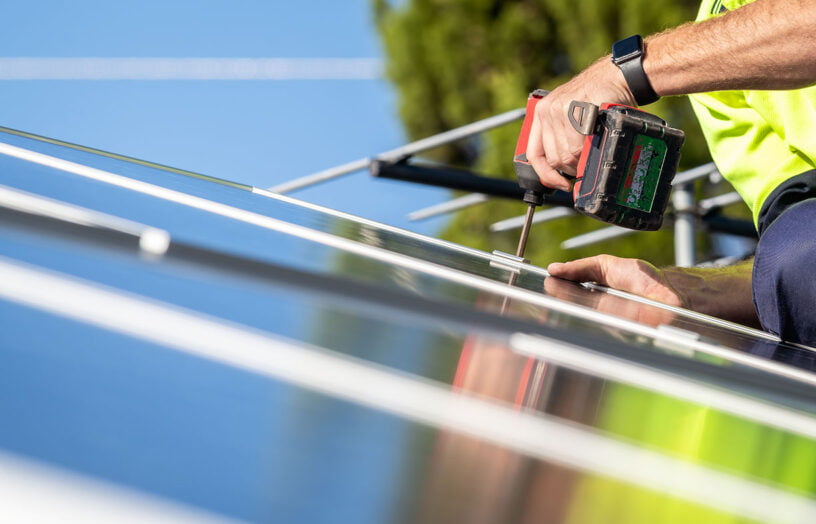 Efficient homes
Efficient homes
Tradies and the transition
Do we need as many tradies for electrification as many think? Not if we are innovative, writes Alan Pears.
Read more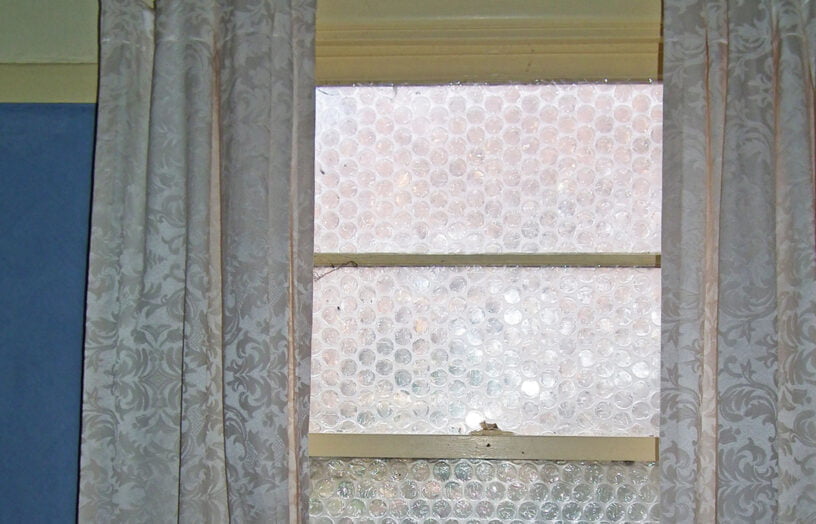 Efficient homes
Efficient homes
Double glazing on the (very) cheap
Do we need as many tradies for electrification as many think? Not if we are innovative, writes Alan Pears.
Read more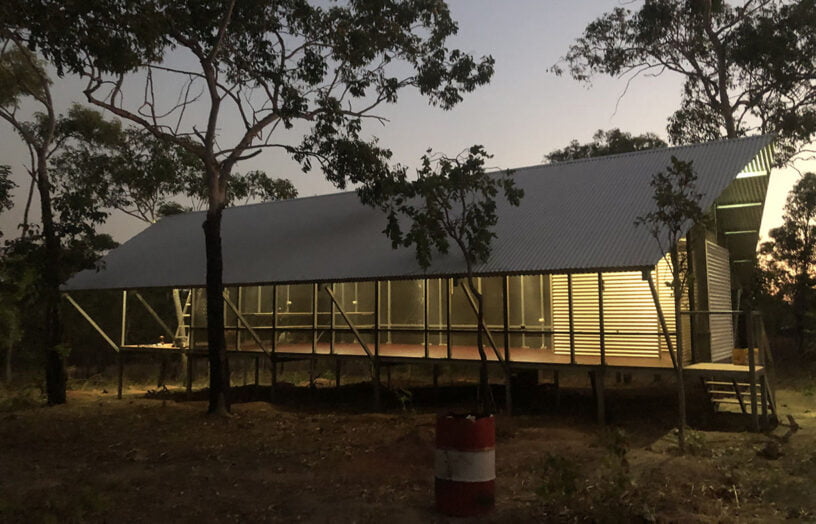 Efficient homes
Efficient homes
Remote communities leading the charge
We learn about four sustainability and renewable energy projects in remote Australia.
Read more

